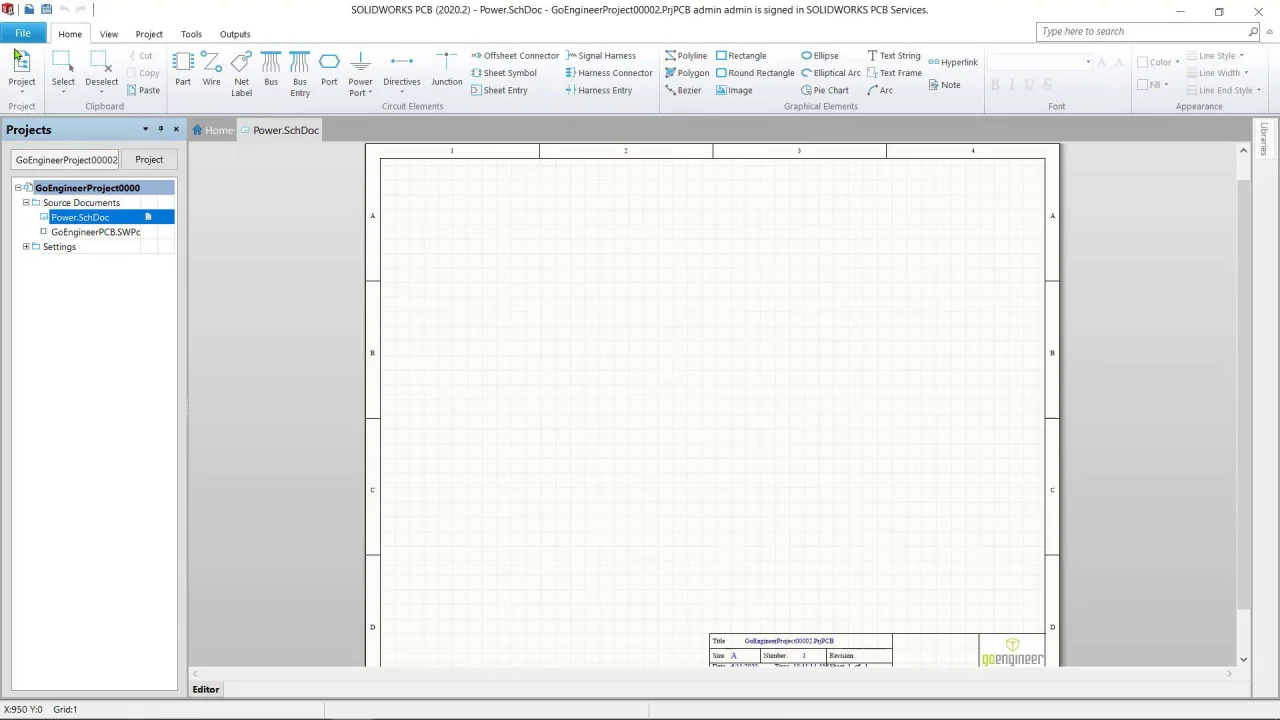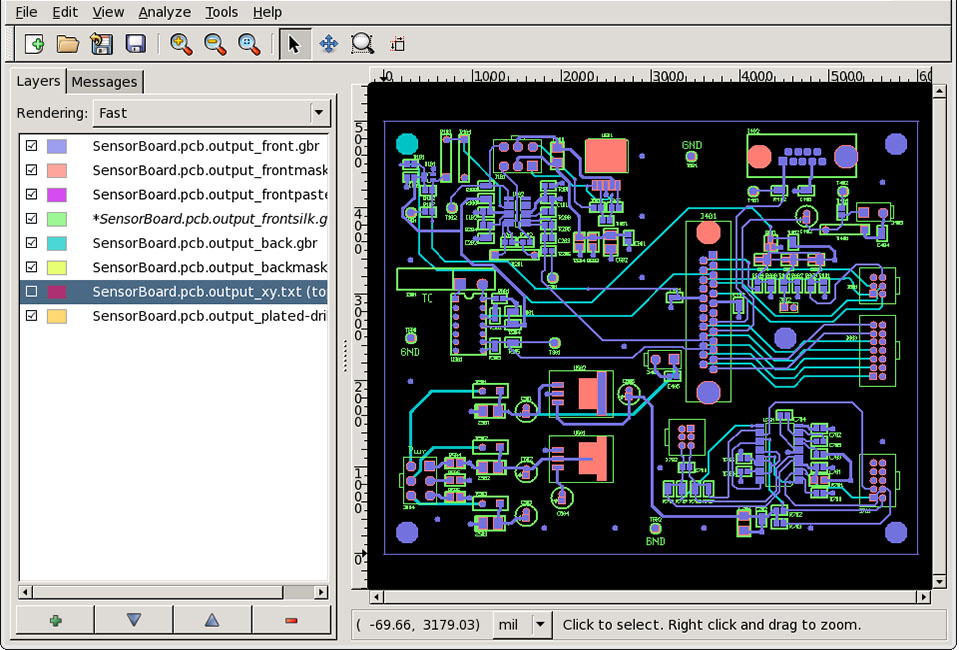SOLIDWORKS PCB
A professional PCB design tool capable of meeting the demands of today’s products, which allows you to develop the most efficient schematics for your board layouts. Integration of PCB design seamlessly with SOLIDWORKS CAD, with a managed ECO change process and distinct workflows to keep you at your most productive.
SOLIDWORKS, coupled with today’s high-powered workstations, give users the capability of modeling and including every nut, bolt, and washer required. The introduction of SOLIDWORKS Electrical in 2013 and SOLIDWORKS PCB in 2016, we now have tools to work with the electrical portion of our designs. This means we are bringing in circuit boards. Describes how to take a set of Gerber files representing a multi-layer PCB and import them into SolidWorks. The import includes a function that generates the.
How To Open Gerber Files
SOLDWORKS PCB is focused on bringing the best of both worlds together. Do what you do best in SOLIDWORKS CAD, and let SOLIDWORKS PCB handle all of your PCB design needs which was engineered specifically for SOLIDWORKS® collaboration.
We’ve combined the best technology in PCB design with an easy-to-use interface and linked it with SOLIDWORKS CAD to give you an efficient design experience that gets your PCBs done quickly and easily — just what you need when PCBs are only a part of your product design workflow.
| Get a SOLIDWORKS PCB Demonstration | Get a SOLIDWORKS PCB Quote |
| Download SOLIDWORKS PCB Data Sheet | See more features and benefits of SOLIDWORKS PCB |
In this Gerber tutorial, I will teach you how to create the files you need for a 2-layer board using Cadsoft Eagle. After you have completed this tutorial you will have all the necessary files needed to send to most PCB manufacturers.
This tutorial is out of date. I have switched to KiCad, so I recommend the updated tutorial How to Create Gerber Files in KiCad.
Step 1: Open the CAM Processor
In Eagle, open Board view. Click the “CAM” button or choose “File->CAM Processor”. This will open the CAM Processor tool that is used to generate the files.
Here you can define the sections you want to create files for.
But you don’t really need to understand this. Actually I have never really thought about the details of this until I was writing this article. I have just been using ready-made configurations. And that is probably what you want to do as well.
Step 2: Open a predefined job
To simplify creating Gerber files, Eagle comes with a predefined job for this. It is called gerb274x.cam.
(Note: If you want to order PCBs from Seeed Studio’s Fusion PCB service, you should instead download their own CAM-file from the bottom of their submission guidelines page. Be aware that this will give you different file names than the ones listed below in this article.)
To open it in the CAM Processor click “File->Open->Job…”
Browse to your …/eagle/cam/ folder, and you should see a file called gerb274x.cam. Choose it and click “Open”.
You will now see five tabs in the CAM Processor. Each of these tabs will generate a Gerber file.
Step 3: Adding a second silk screen (Optional)
If you look at the tabs, you will see that you don’t have a file for silk screen bottom. For simple boards, the silk screen is usually on the top layer so that you don’t need the bottom. Some of the cheap circuit board manufacturers don’t even allow bottom silk screen.
But if you need silk screen on bottom layer as well, follow these steps:
- Click “Add”
- Change Section to something like “Silk Screen SOL”
- Change File to “%N.pls”
- Deselect all layers
- Select layers 20 “Dimension”, 22 “bPlace” and 26 “bNames”
There you go.
Step 4: Create each gerber file
Select where you want to put the Gerber files by clicking on the “File” button and choosing a folder. Do this for all the tabs.
Then click “Process Job”. This creates your Gerber files.
Step 5: Adding file for drill holes
Even though drilling is supported by the Gerber format, manufacturers usually want the Excellon file format for specifying drill holes. Luckily, Eagle also comes with a predefined job for creating a drill file.
(Note: This step is automatically done if you’re using the CAM-file from Seeed Studio that I linked to in step 2.)
Open it in the CAM Processor by clicking “File->Open->Job…”
Solidworks Pcb Open Gerber Files Online
Browse to your …/eagle/cam/ folder, and open the file named “excellon.cam”.
Select where to put the output file by clicking on the “File” button.
Then click “Process Job” to create your Excellon file.
Step 6: Check output files
You should now have the following files:
Solidworks Pcb Open Gerber Files Free
- *.cmp (Copper, component side)
- *.drd (Drill file)
- *.dri (Drill Station Info File) – Usually not needed
- *.gpi (Photoplotter Info File) – Usually not needed
- *.plc (Silk screen, component side)
- *.pls (Silk screen, solder side)
- *.sol (Copper, solder side)
- *.stc (Solder stop mask, component side)
- *.sts (Solder stop mask, solder side)
After you have created each gerber file, you should always look at them using a Gerber viewer to make sure everything is ok.
Summary
Solidworks Pcb Cost
This Gerber tutorial shows one way of creating the files you need. Even though this should be OK for many PCB manufacturers, you might find that some would want the files created in a slightly different way. If so, don’t worry, they will probably provide you with a Job file you can load directly into Eagle or at least have a good explanation on how to do it on their website.


Solidworks Pcb Training
Check out more articles on PCB design by clicking this link:
Return from Gerber File to PCB Design